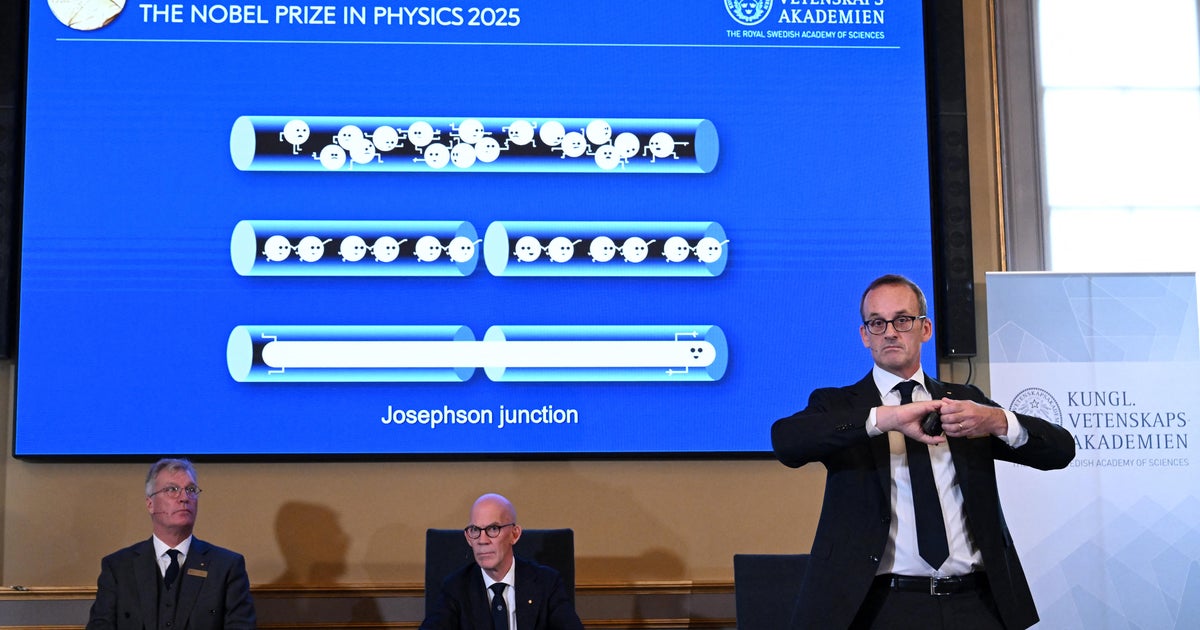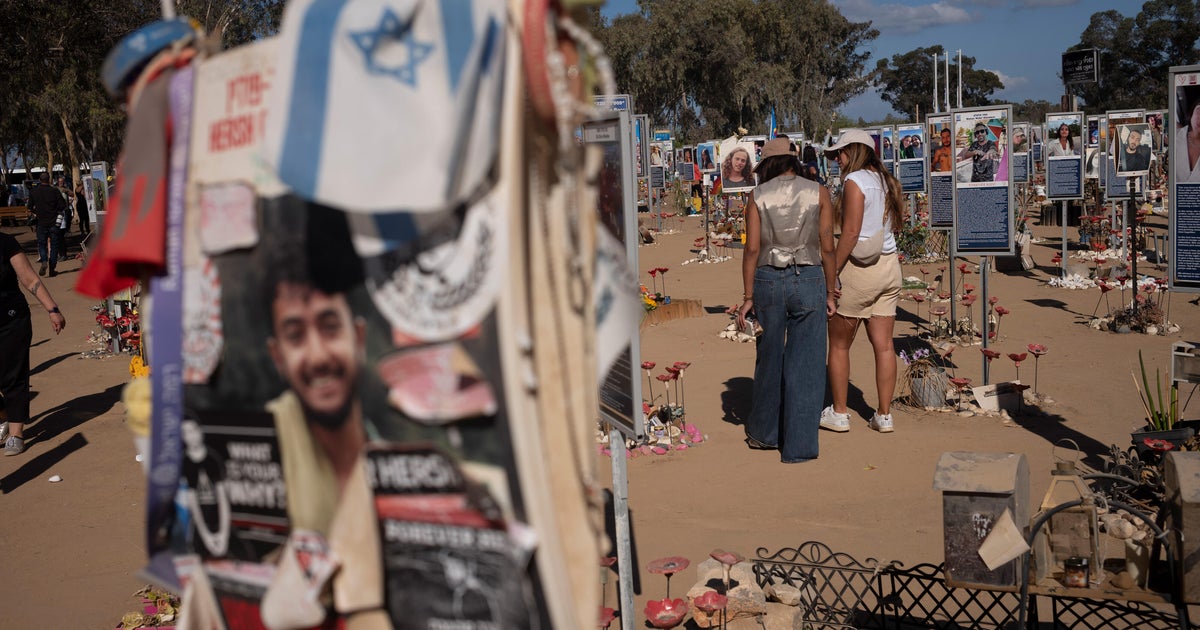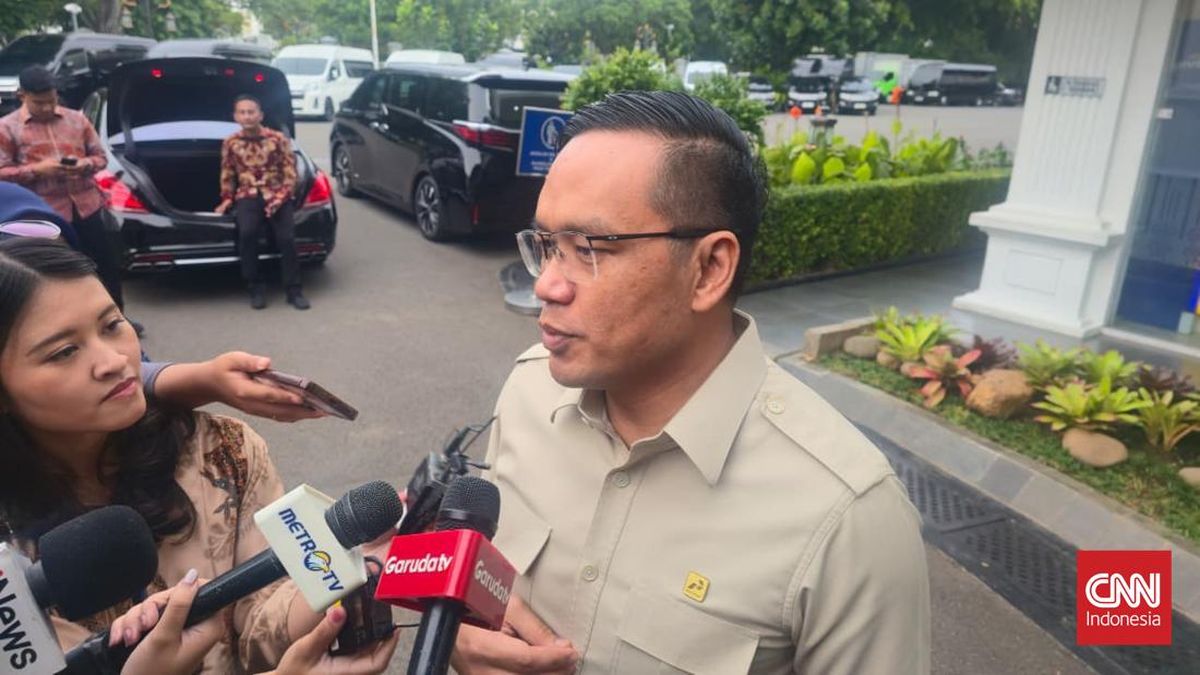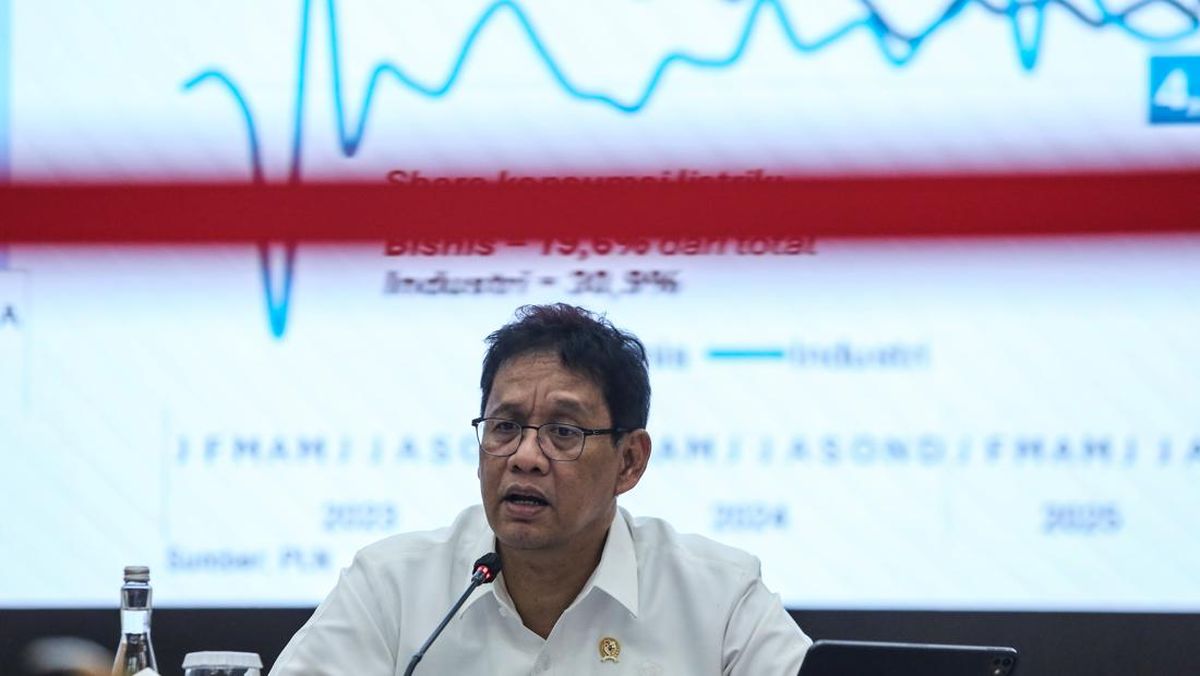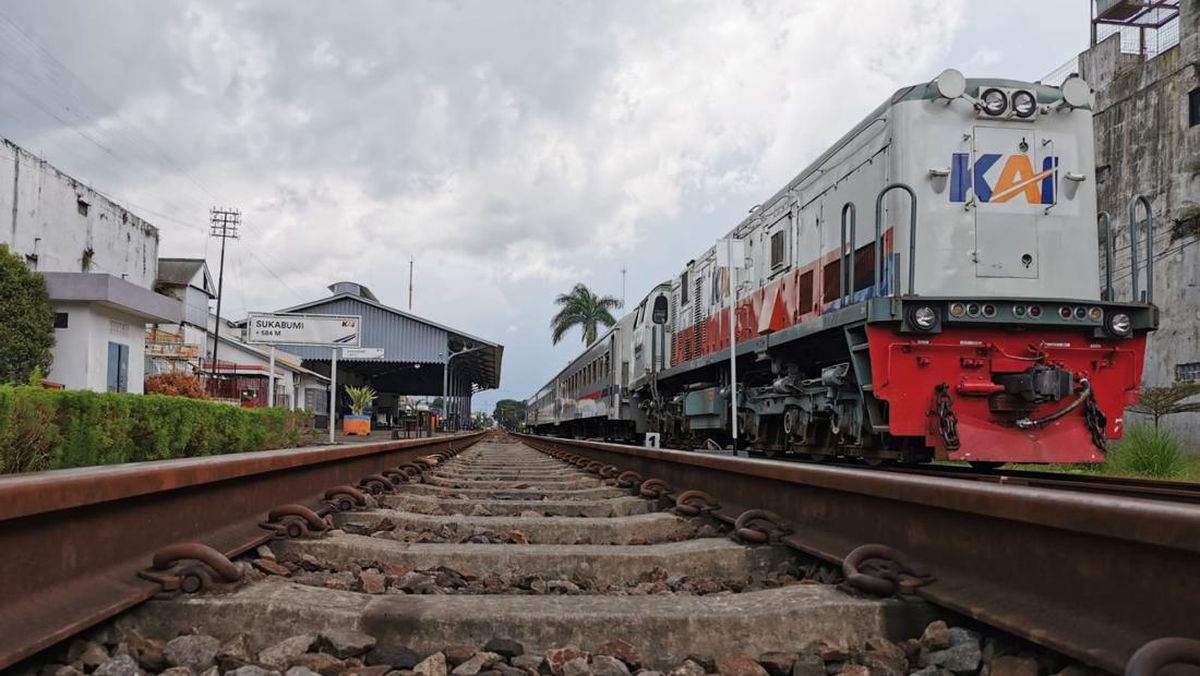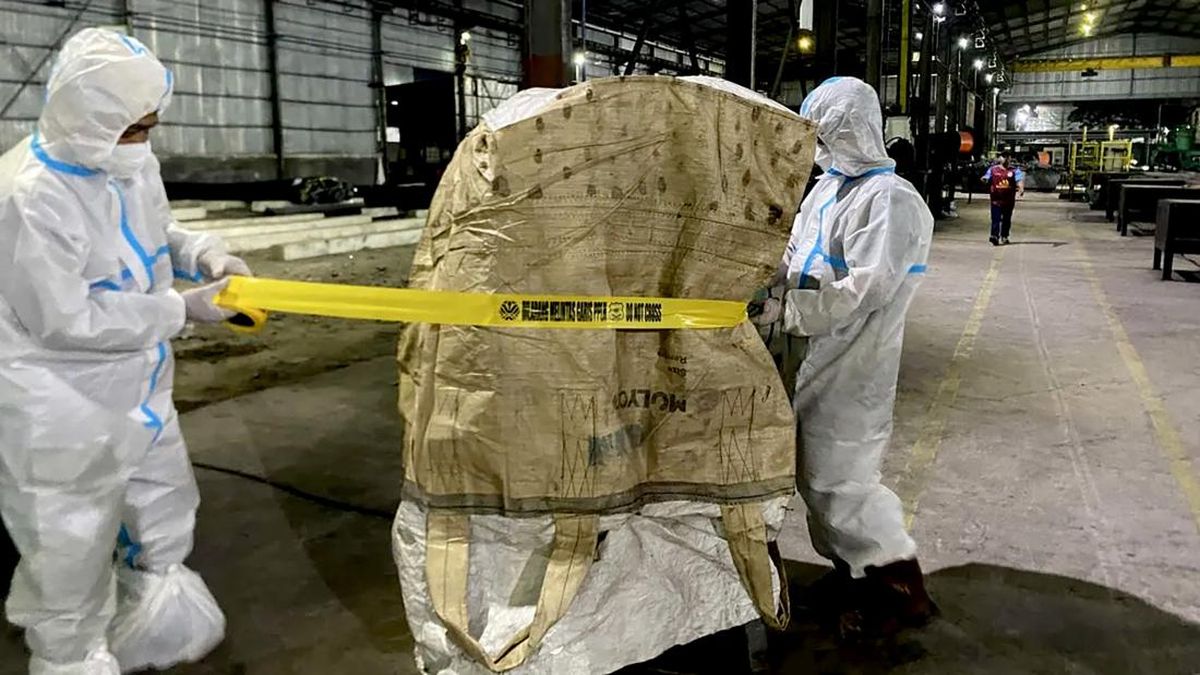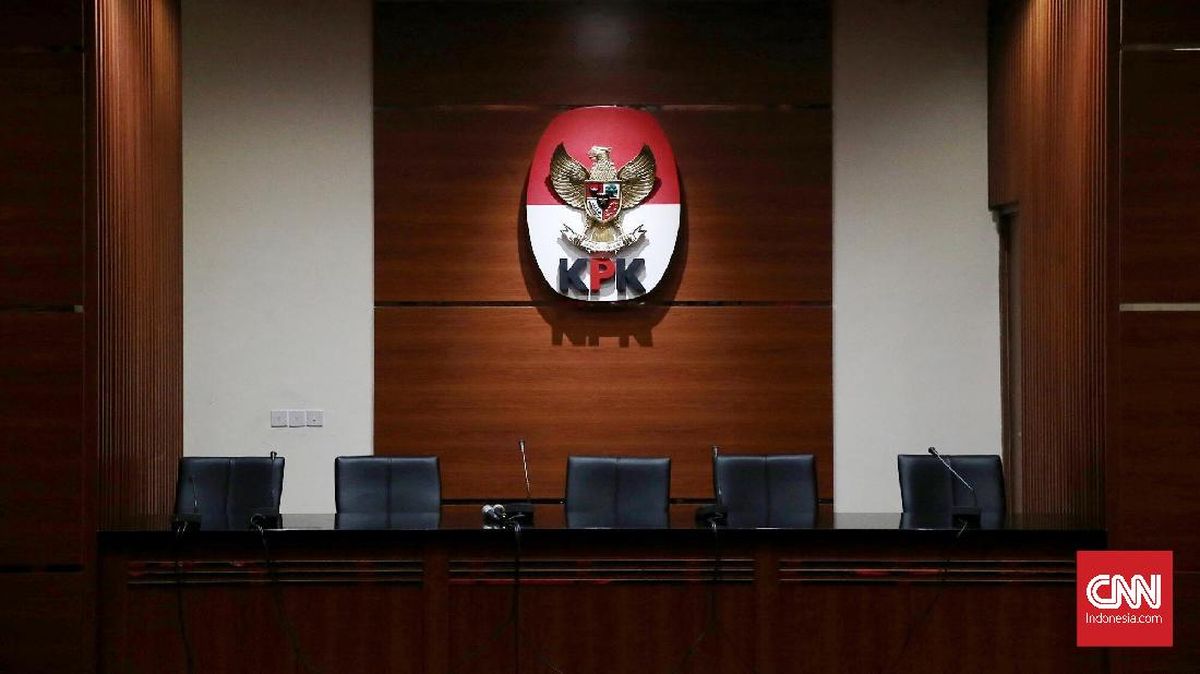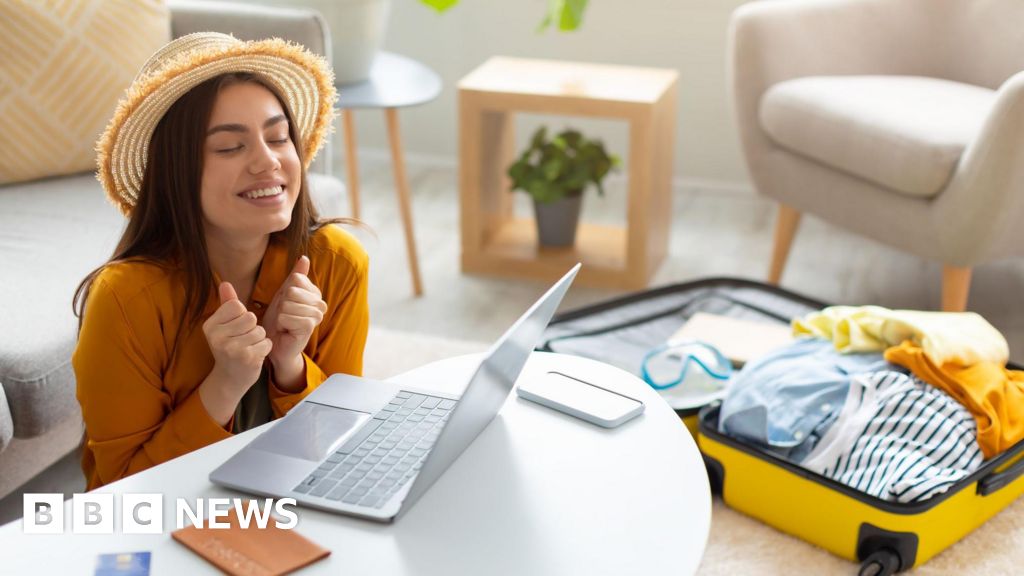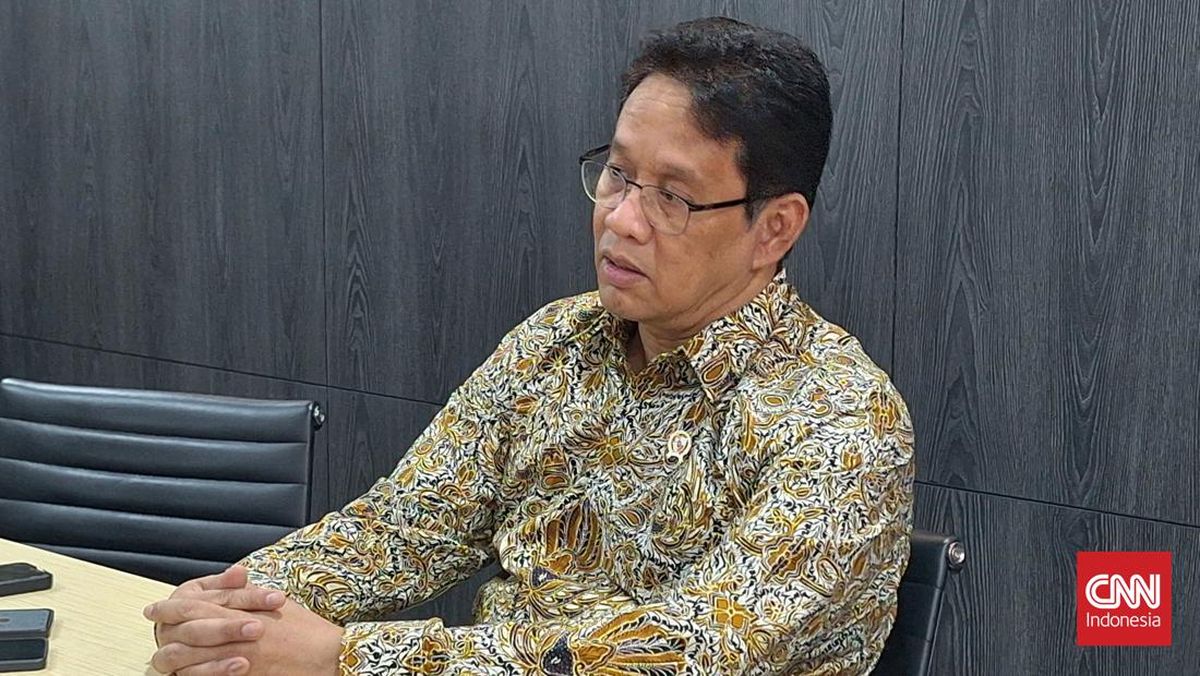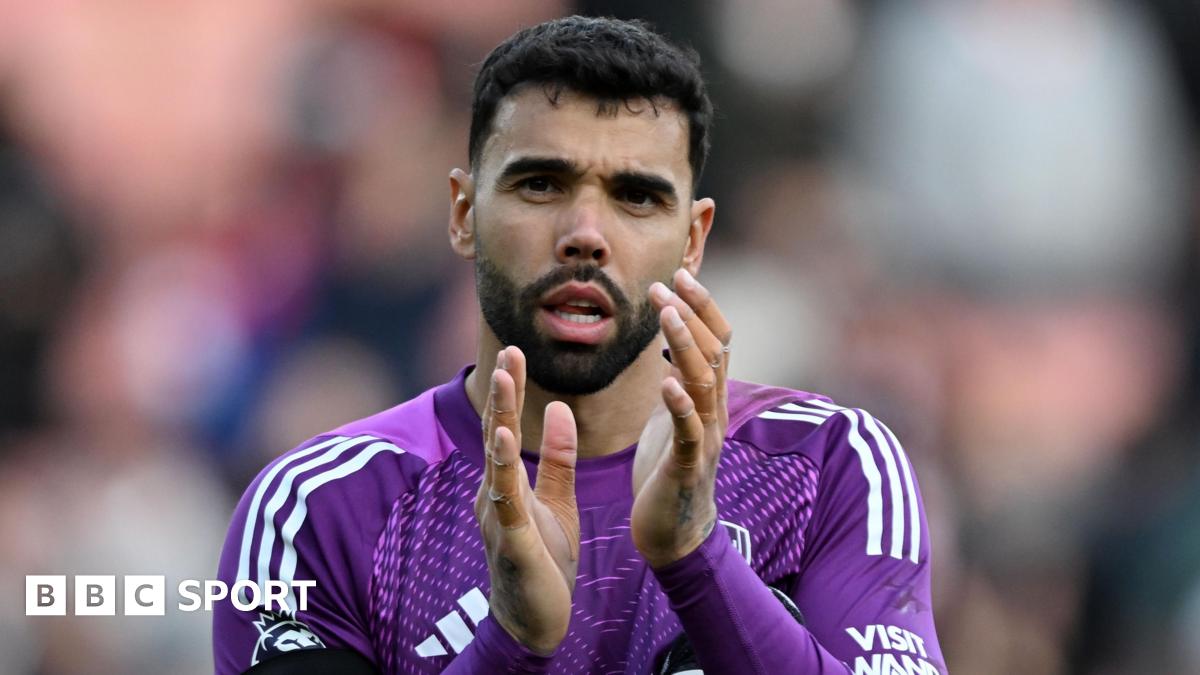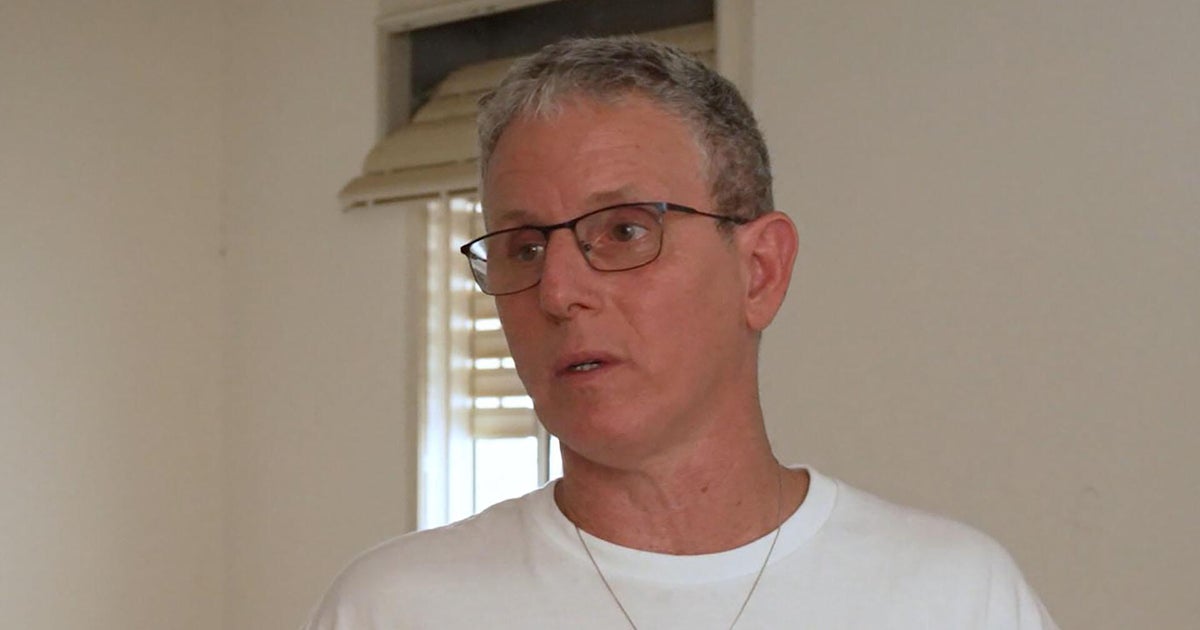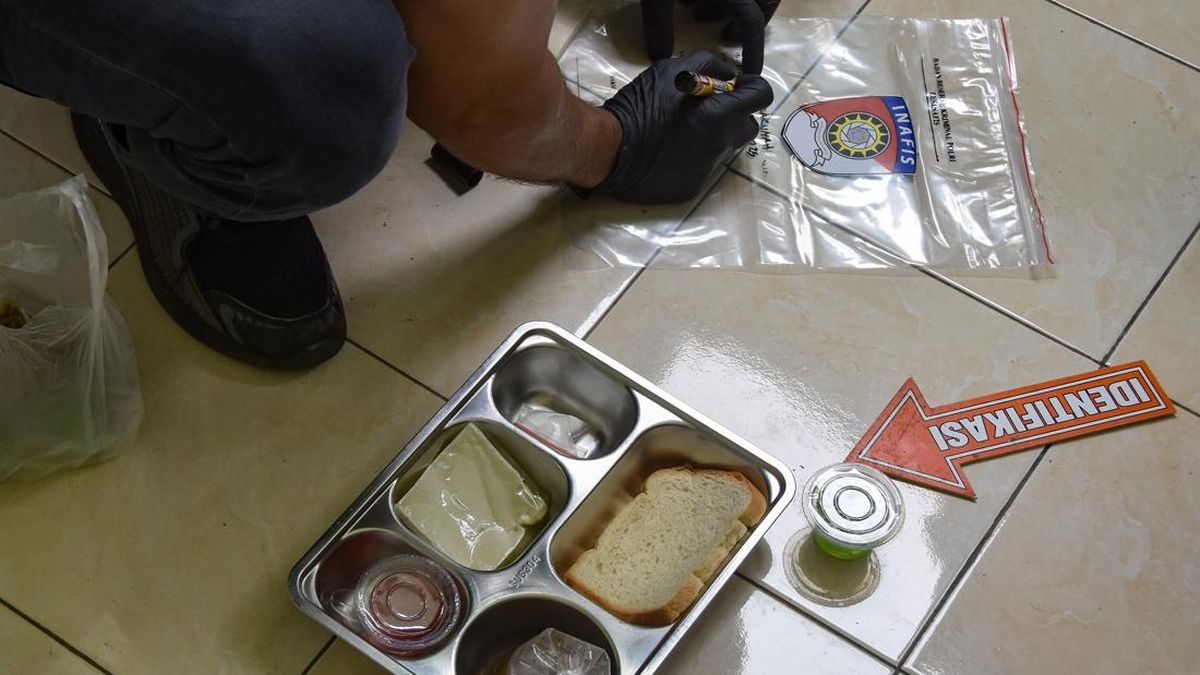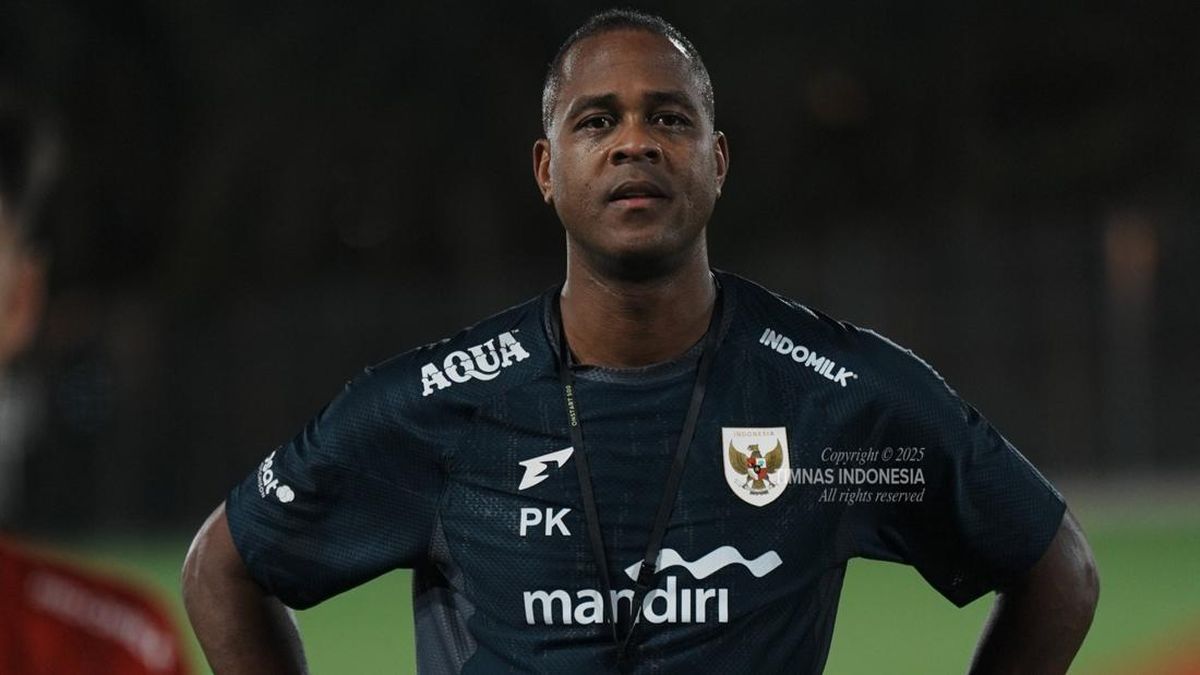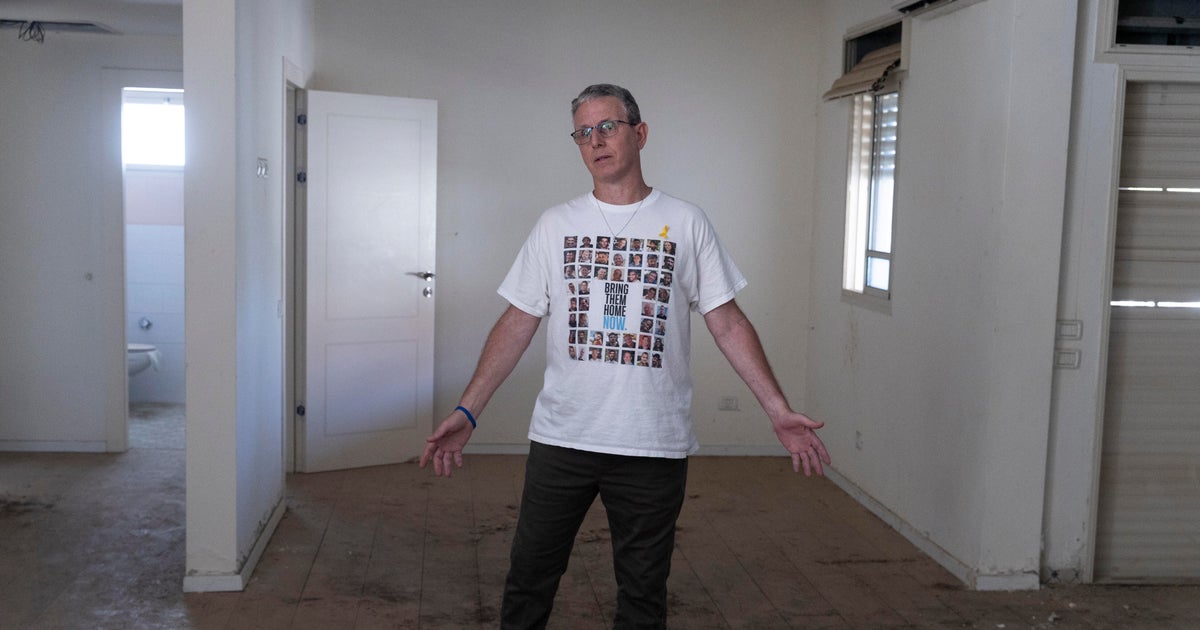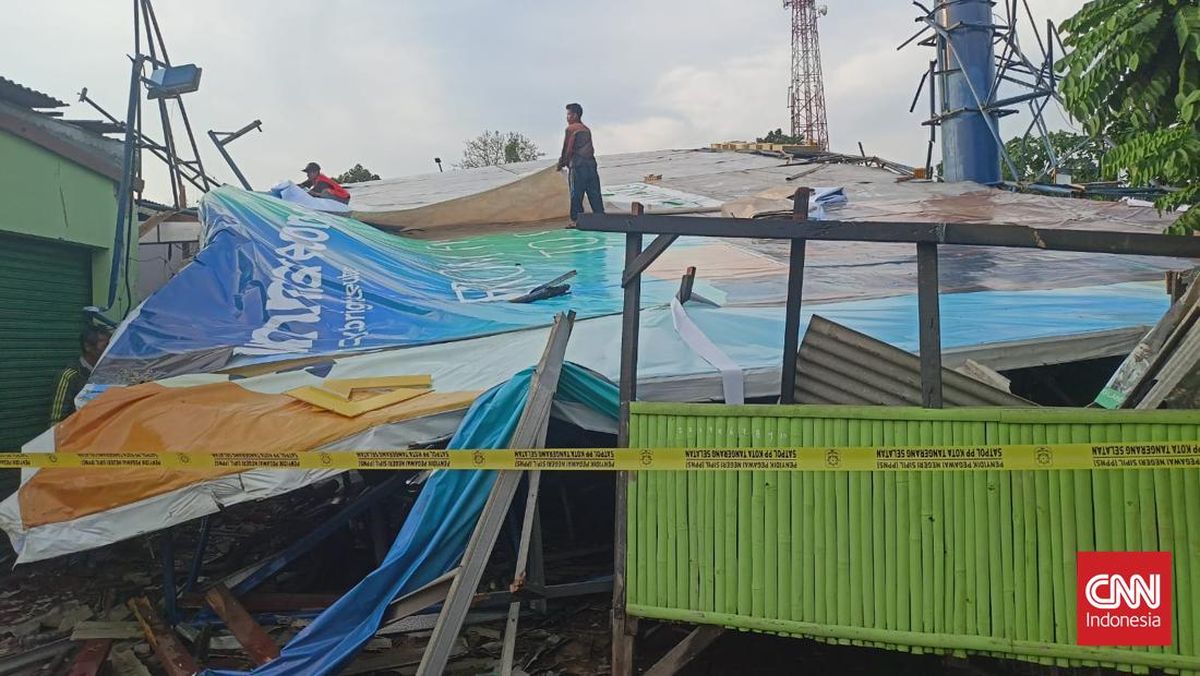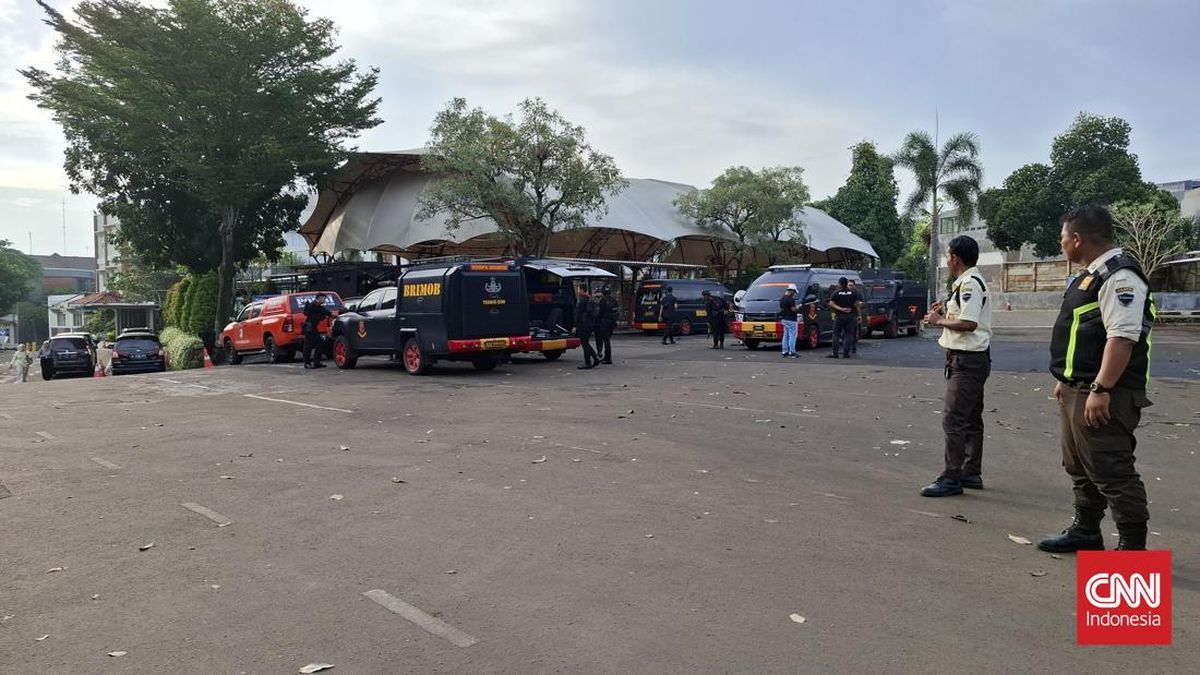Almost $100 million was spent on temporary buildings in Queensland state schools last financial year, with most investment occurring in the booming south-east.
While this funded the construction and installation of just 57 more demountable classrooms over the period, the total number in use remains in the thousands – even as statewide public school enrolments declined for a fourth year in a row.
The figures were revealed as an expert warned the reliance on demountables could affect student wellbeing, and one Brisbane MP spoke out about the impact on his own children’s education.

Demountables at Indooroopilly State High School.
Associate Professor Julia Morris, a learning environment specialist at Edith Cowan University, said the concept of high-quality demountables was about more than just having well-built structures.
“The notion of whether [a building] is a permanent or temporary structure is much more actually about ‘how does it socially fit within the school?’” she said.
“In a city school it’s going to look really different to a school that’s out further with a lot of space on a greenfield site, and so that has a significant impact in terms of just how integrated you can go with existing facilities.”
In response to a question from Labor, Education Minister John-Paul Langbroek told Parliament earlier this year the total number of demountables across the state was 2861.
“We monitor the pace of residential development, population growth and enrolment needs to ensure there is sufficient supply for all children to attend a state school close to where they live,” he told this masthead.
His department said that master plans for new schools might include building platforms to cater for enrolment beyond what was anticipated as necessary.
Loading
“These building platforms may be used for a range of building solutions including prefabricated buildings,” an education department spokesperson said.
Morris said integrating demountables into permanent campus facilities – which could include adding garden beds and properly sealing footpaths – increased the quality of the learning environments.
“I have seen demountables done well … [but] I’m most concerned about what it signals to students,” she said.
“If you’re a student who goes through the demountable multiple years in a row, and you don’t see as much of the permanent structures, what [does that] say about the school and the infrastructure that they’re providing, but also about you as a student?
“Do you belong in that school if you’re in what’s supposed to be temporary?”

Indooroopilly State High School uses demountables to help meet surging its enrolment demand.Credit: Dan Peled
Maiwar Greens MP and western suburbs local Michael Berkman said his children’s school, Indooroopilly State High, has used demountables for several years that “stick out like a sore thumb” and take up a big chunk of space on the oval.
“I think Indro is an outstanding school … but the failure to forward-plan does mean that kids and teachers are getting a second-rate experience, particularly in some of those subjects that require specialist learning spaces,” he said.
“My daughter’s particularly into her drama and dance and my son takes his music classes and industrial design tech – they’re struggling to get the time they need in those classrooms.”
Asked for more details about the 57 buildings, altogether costing $99.7 million, the education department said 20 were newly built through a program creating classrooms for capacity overflow.
Loading
The rest were refurbished from older builds, relocated – which introduces transportation, installation, and project management costs – or rented by the state.
“When new buildings are planned on school sites, the existing prefabricated building stock is assessed and, where possible, older prefabricated buildings are removed and replaced with new permanent facilities if required,” a department spokesperson said.
“The department maintains a number of factory-built buildings in stock at any given time to allow for a response to emergent need, such as disasters, within a minimal timeframe.”
In the south-east, $41.1 million went to installation costs at metropolitan schools, while $24.9 million was spent in the region south of Brisbane.
Langbroek said the latest state budget funded 15 new schools across the next five years, including two new campuses in Logan Reserve.
The government has projected an extra 138,000 school-aged children will live in Queensland over the next two decades, two-thirds of whom are expected to attend state schools.
That is despite state school enrolment in Queensland decreasing by more than 10,000 students, or 1.8 per cent, since 2021.
Most Viewed in National
Loading

